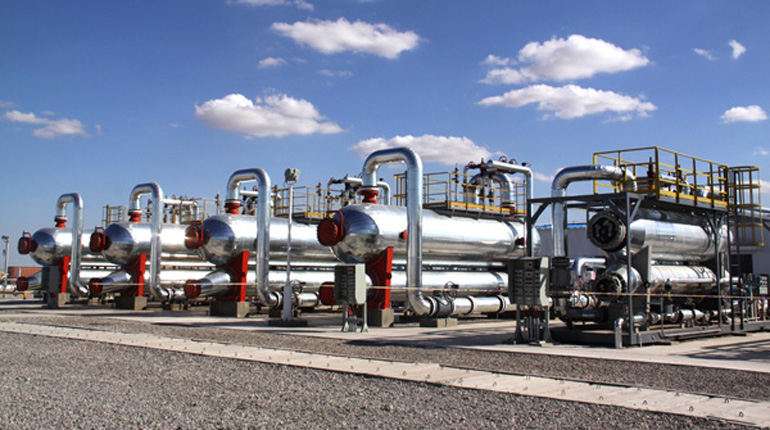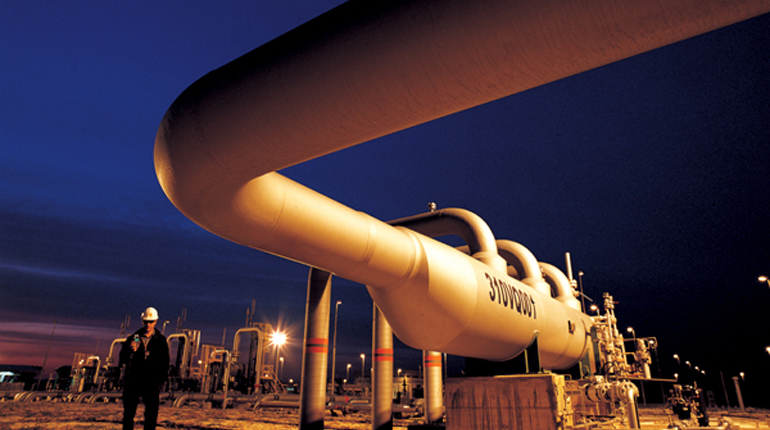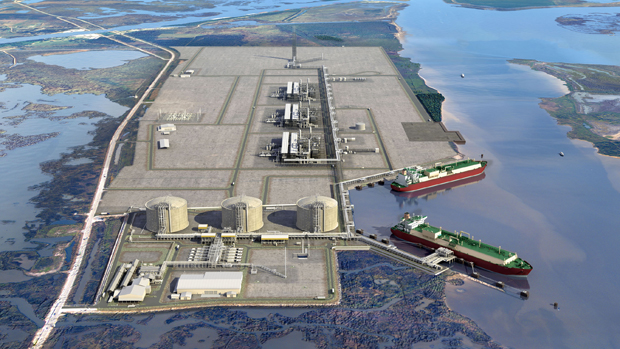Highlights
- Structural changes to Saudi Arabia's hydrocarbon sector will benefit the kingdom's gas output
- Egypt is now the biggest importer of LNG in the MEA because of rising domestic gas demand
- The UAE plans to install its second FSRU this summer to meet growing gas consumption
- The power sector faces tough competition for gas from other sectors in Kuwait and Oman
Economic overview
Saudi Arabia’s oil and gas sector is undergoing structural changes that are expected to boost the kingdom’s gas output.
The 21-year era of veteran oil minister Ali al-Naimi came to an end in May amid a major reshuffle in Saudi Arabia’s administration. The biggest move has been the creation of an Energy, Industry and Natural Resources Ministry led by Khalid al-Falih, who has replaced the 80-year-old Naimi. Falih is also the chairman of the state oil company Saudi Aramco.
The change in oil minister complements Deputy Crown Prince Mohammed bin Salman’s newly launched programme for the kingdom’s economy, Vision 2030. If implemented to its full extent, Vision 2030 will be a revolutionary change in Saudi Arabia. It will involve the part-privatisation of Aramco, the reduction of the kingdom’s dependence on oil revenues and the creation of a more targeted subsidy system. The prince is moving ahead with his plans and is expected in late May or early June to announce the first National Transformation Plan, aimed at implementing the reforms.
Quarterly and annual year-on-year GDP growth rates
| Q2 2015 | Q3 2015 | Q4 2015 | 2016 | 2017 | 2018 | |
| Qatar | 4.8% | 3.8% | 4.0% | *3.4% | *3.4% | *2.9% |
| Egypt | 4.5% | *4.2% | *4.2% | *3.3% | *4.3% | *4.5% |
| Saudi Arabia | 4.6% | 3.6% | 3.6% | *1.2% | *1.9% | *2.3% |
| Nigeria | 2.4% | 2.8% | 2.1% | *2.3% | *3.5% | *3.9% |
| South Africa | 1.3% | 1.0% | 0.6% | *0.6% | *1.2% | *2.1% |
The prince’s programme envisages a doubling in domestic gas production and the construction of a national gas grid by 2030. It also targets 9.5 GW of renewable power capacity by 2030 in a bid to diversify Saudi Arabia’s generation mix. The kingdom is already boosting its non-associated gas output. GGA expects Saudi Arabia’s marketed gas production will increase by 5.7% in 2017 compared with 2015 – to 91 billion cubic metres. (see Saudi power sector sees future in gas, 17 March 2016).
In West Africa, sabotage of oil infrastructure in Nigeria is further reducing government revenues. Constant attacks on installations in the Niger Delta have resulted in the country’s oil output falling below its 22-year low so far in May. Oil sales make up almost 70% of Nigeria’s national income.
Falling oil revenues are also expected to weigh on upstream oil and gas investment. In May, Nigerian President Muhammadu Buhari signed into law the $30.6 billion budget for the next financial year. The government expects to run budget deficits for the next two-to-three years. However, meeting expenses will be challenging as Nigeria is struggling to raise funds for its budget.



